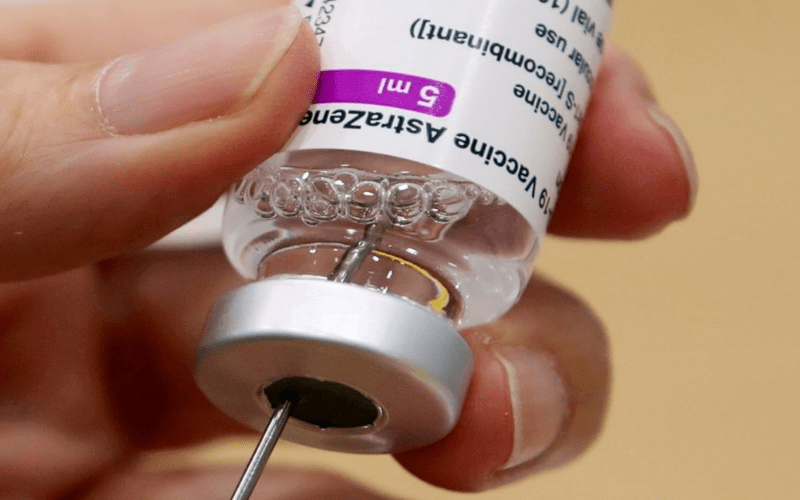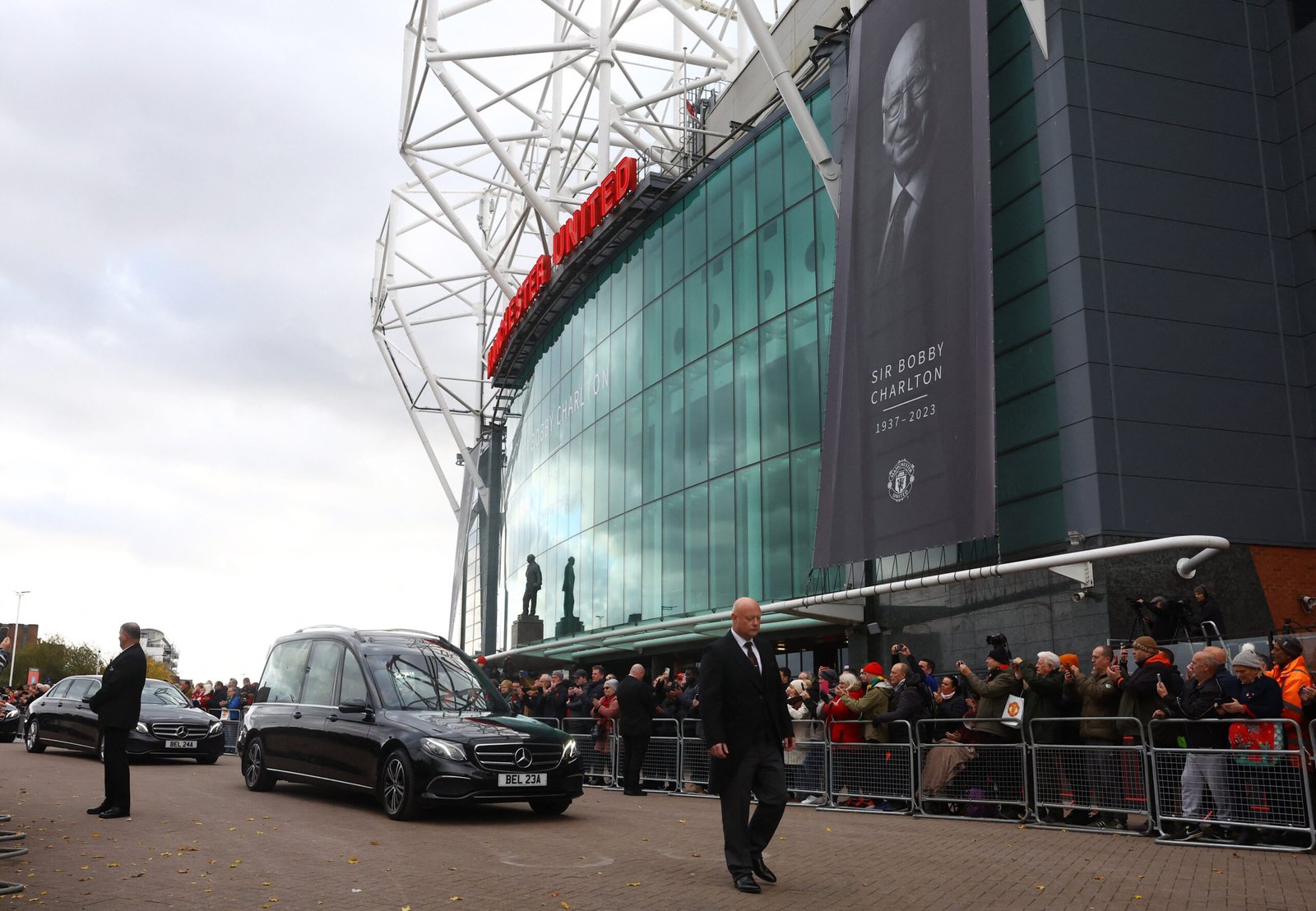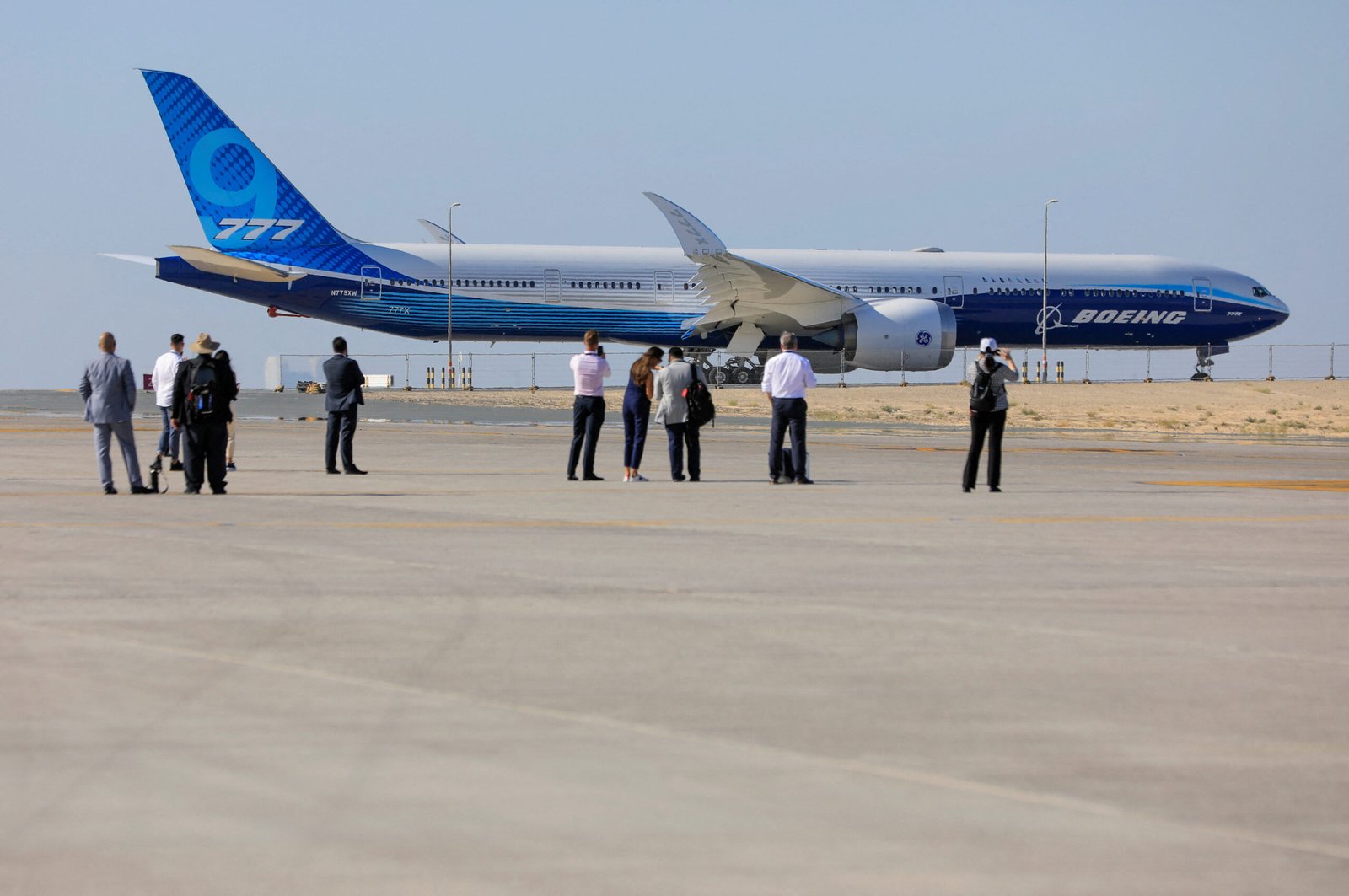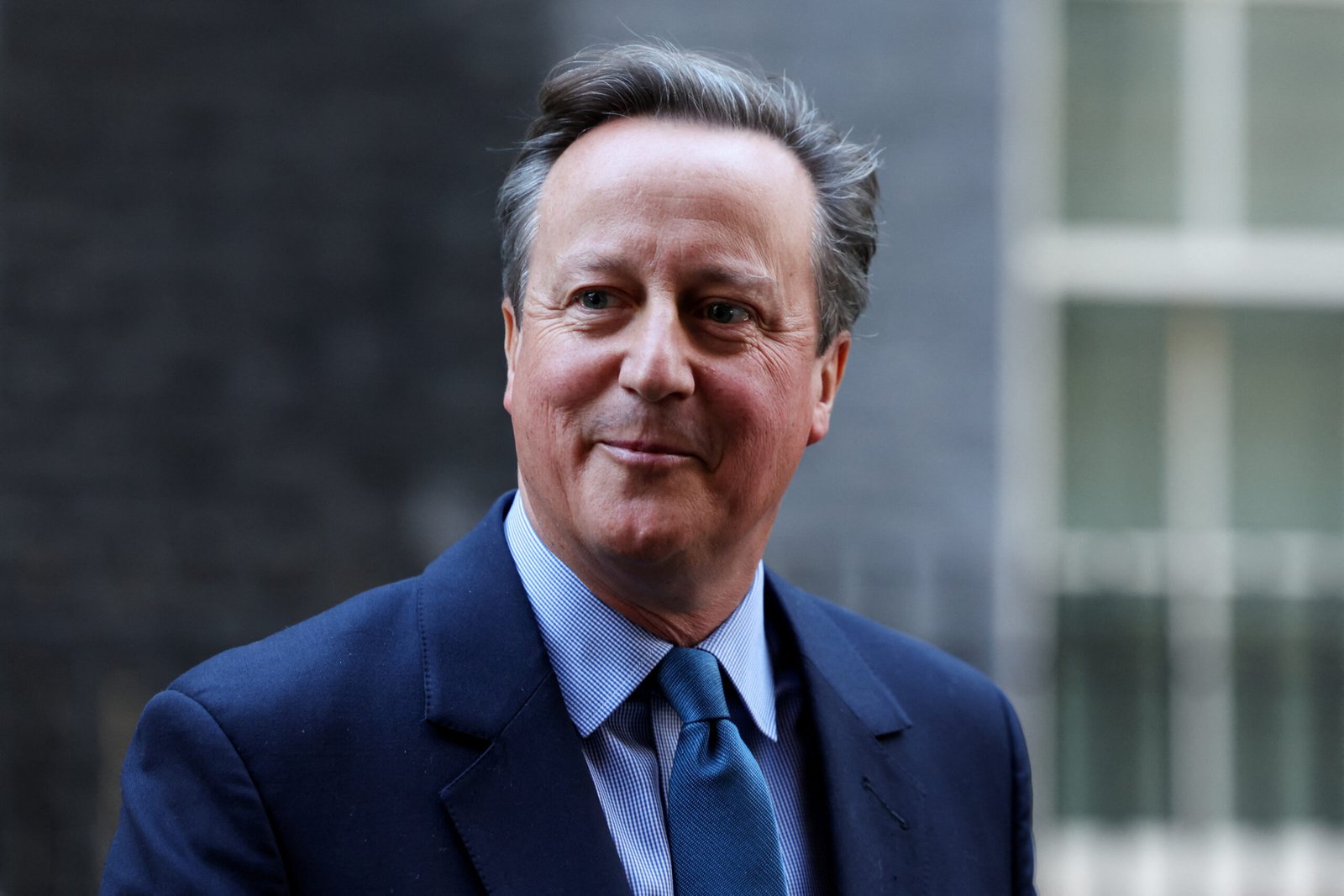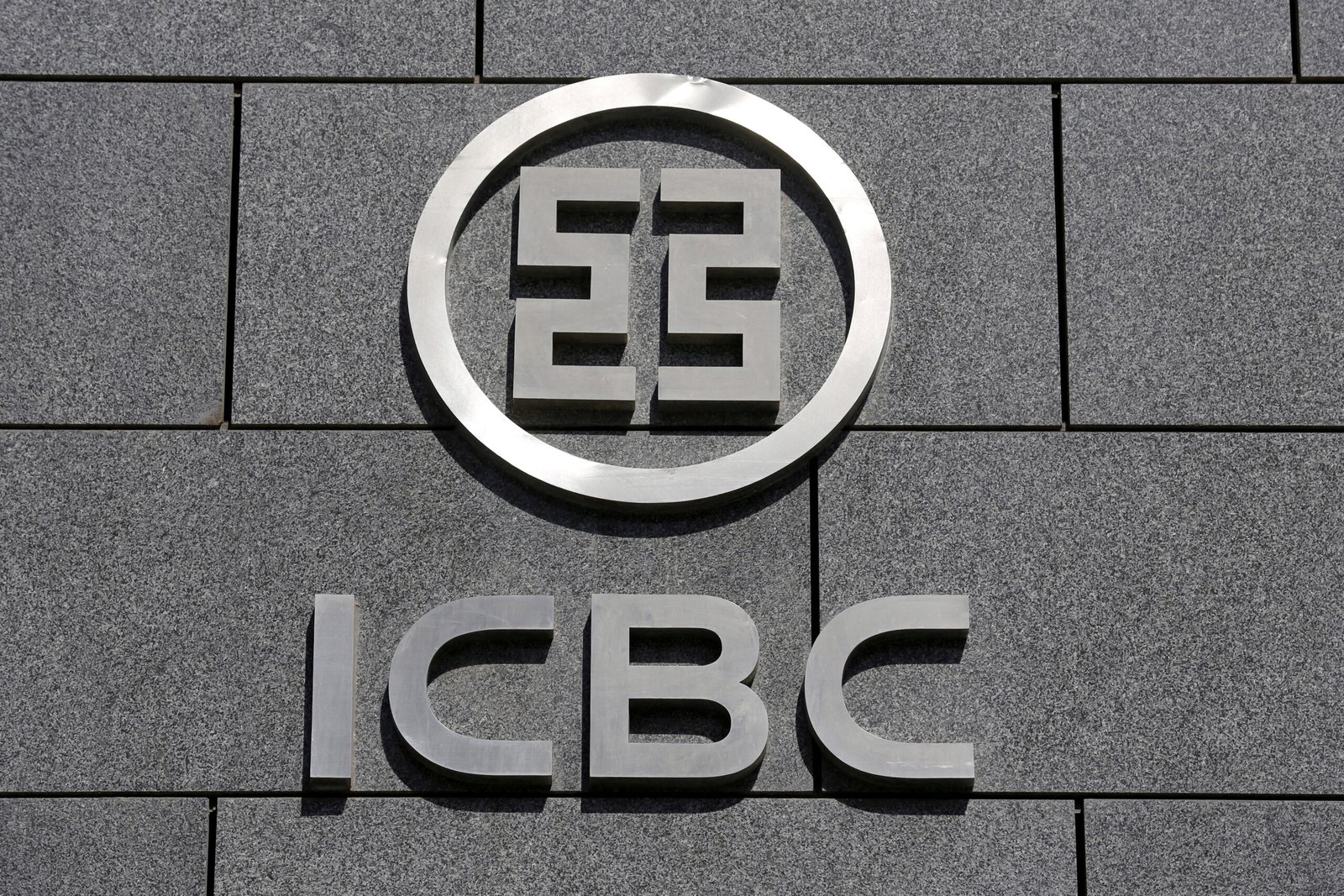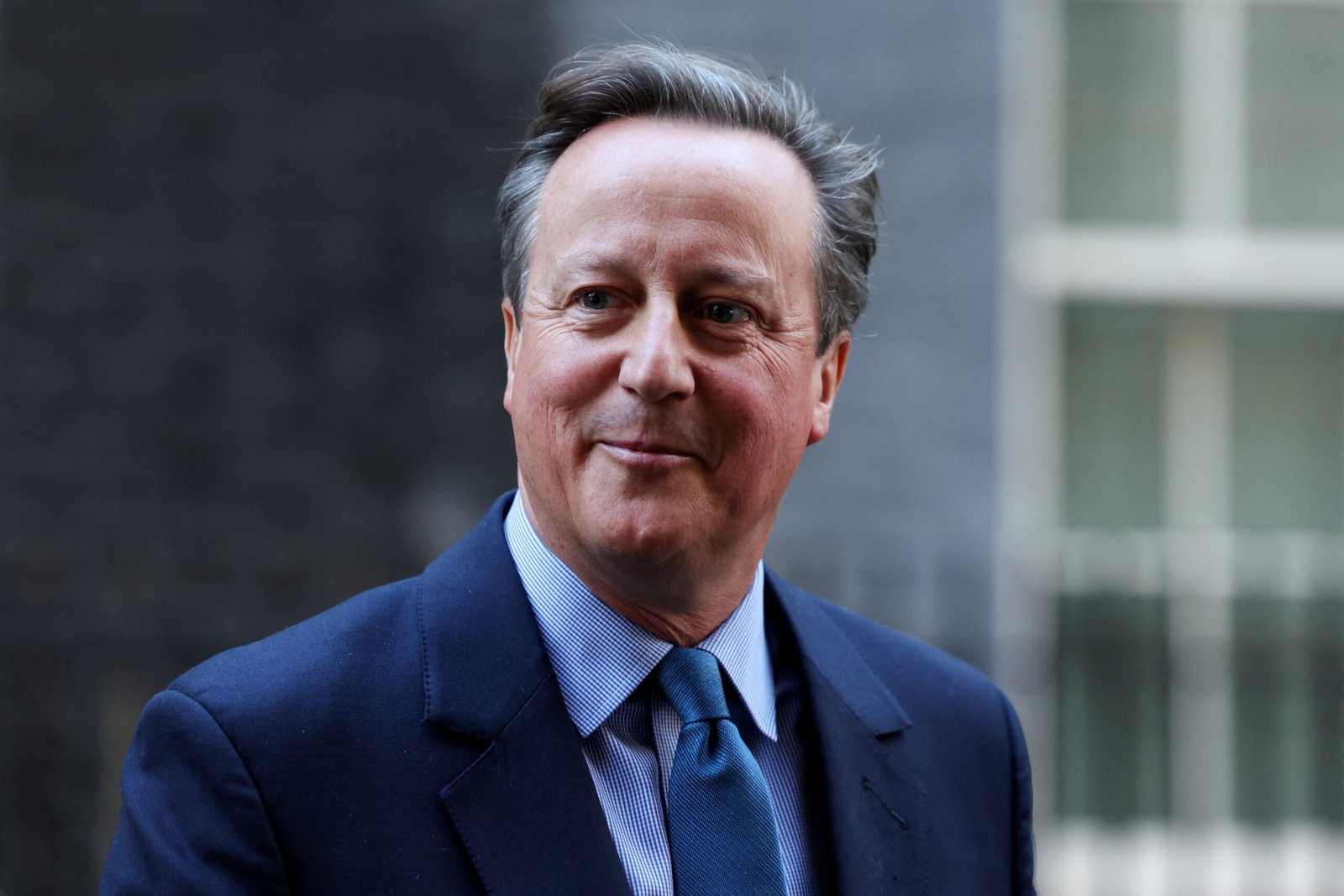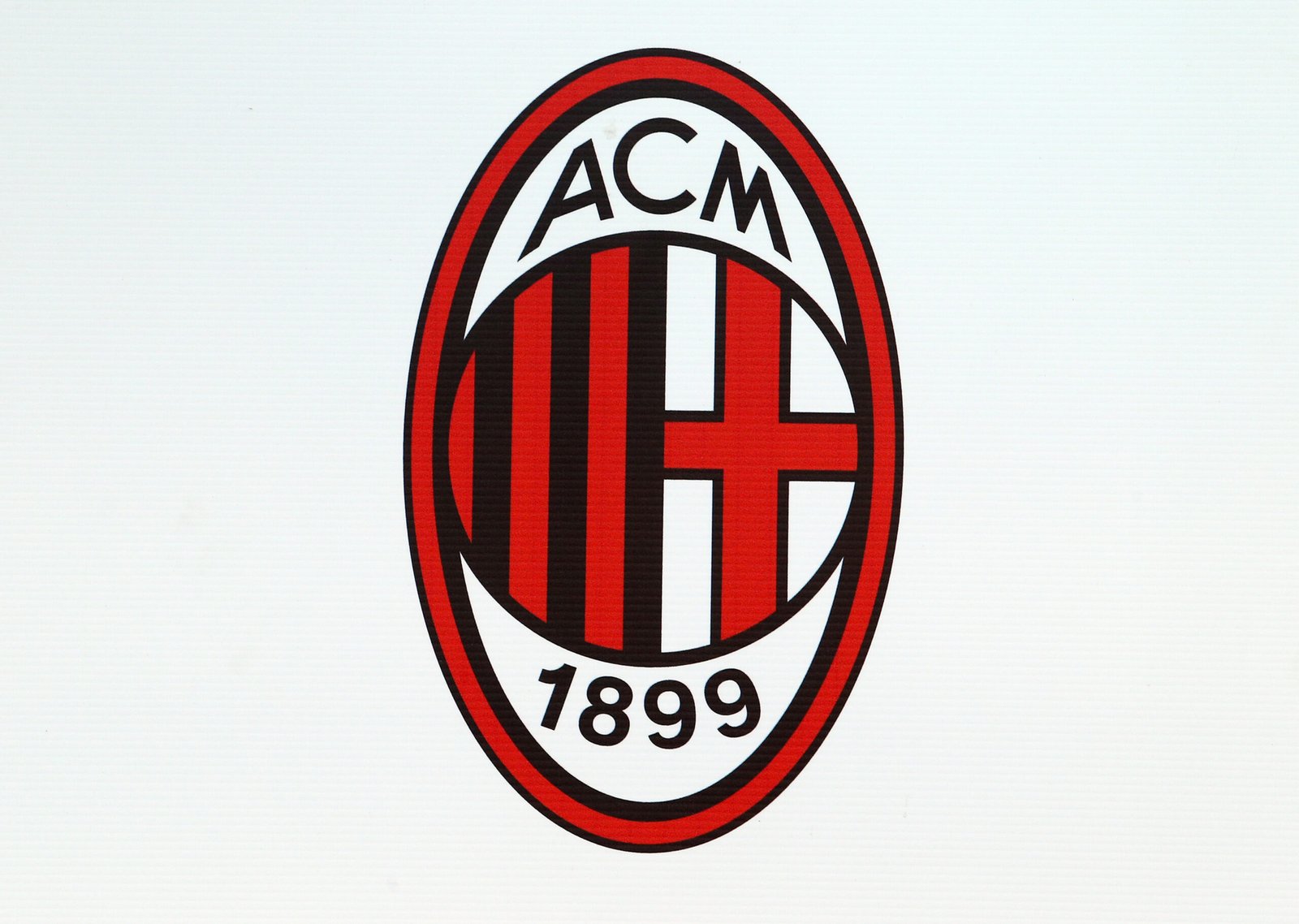This map shows strategic nuclear forces bases and other facilities that are believed to be included in Russian Federation’s New START data exchange report. The Russian Federation’s nuclear arsenal consists of a wide range of delivery systems that vary in their missions, capabilities, and operational status. Among these systems are ICBMs, SLBMs, cruise missiles, torpedoes, and gravity bombs.
First, no non-strategic nuclear weapons are deployed with operational units, as all these weapons have been consolidated in centralized storage sites.
Second, as far as the warheads in reserve are concerned, the Russian Federation has very limited capability to deploy these weapons on existing strategic delivery systems. Overall, the number of deployed strategic warheads reported by the Russian Federation under New START accurately reflects the size of its deployed nuclear force.
On April 8, 2010, Russia and the United States signed the New START treaty. The treaty requires the sides to limit the number of deployed strategic nuclear warheads to 1,550 and fielded delivery platforms to 700. The treaty also permits the United States and Russia to conduct 18 annual on-site inspections of facilities operated by the other country. Biannual data exchanges indicate the current state of their strategic forces.
As of April 2013, the data exchange showed that Russia has 492 deployed delivery systems and 1,480 deployed strategic nuclear warheads. Experts estimate that Russia will continue to reduce its forces to approximately 400 delivery systems and 1,100 warheads by 2020, well below New START limits. Russia is in the process of retiring many of its older strategic systems.
Intercontinental Ballistic Missiles (ICBMs)
As of March 2012, the Russian Strategic Rocket Forces were estimated to have 332 operational missile systems that can carry 1,092 warheads. These include 55 R-36M2 (SS-18) missiles, 35 UR-100NUTTH (SS-19) missiles, 150 road-mobile Topol (SS-25) systems, 56 silo-based and 18 road-mobile Topol-M (SS-27) systems, and 18 RS-24 missiles.

Submarine-Launched Ballistic Missiles (SLBMs) and Submarines
The Russian strategic fleet includes 11 operational strategic missile submarines. Bases of the Northern Fleet host six 667BDRM (Delta IV) submarines; three operational submarines can carry 48 R-29RM (SS-N-23) launchers. The remaining Pacific Fleet base hosts three 667BDR (Delta III) submarines, which carry 48 R-29R (SS-N-18) missiles. Since the missiles have reached the end of their service lives, Project 941 submarines have been withdrawn from service. The only exception is the lead ship of the class, TK-208 Dmitry Donskoy, which has been refitted for tests of a new missile system, R-30 Bulava. The first two Project 955 submarines – Yuri Dolgorukiy and Aleksandr Nevskiy – are expected to enter service in 2012.
As of March 2012, the Navy included 11 strategic submarines of three different types. The operational submarines carried 96 sea-launched ballistic missiles (SLBMs) with 336 nuclear warheads. [5] Typhoon class submarines still remain in service in Russia’s Northern Fleet but are going to be cut up and turned into scrap metal by 2014.

[b] One submarine of the Project 941 type has been refitted as a test bed for the Bulava missile system. It is not counted in the total number of operational submarines.
The RIA News reported, in June 2012, that the Bulava sea-based ballistic missile had entered service. The Bulava (SS-NX-30) SLBM, developed by the Moscow Institute of Thermal Technology, carries up to 10 MIRV warheads and has a range of over 8,000 kilometers (5,000 miles). The three-stage ballistic missile is designed for deployment on Borey-class nuclear submarines.
In August 2012, Russian officials announced two Borey class strategic nuclear-powered submarines, the Yuri Dolgoruky and the Alexander Nevsky, would enter service with the Russian Navy, one with the North Fleet and the other with the Pacific Fleet. The Borey class submarines are expected to constitute the core of the Russian strategic submarine fleet, replacing the aging Project 941 (NATO Typhoon class) and Project 667 (Delta-3 and Delta-4) boats. Russia is planning to build eight Borey and Borey- A class subs by 2020. All the Borey class strategic submarines will carry up to 16 Bulava ballistic missiles, each with multiple warheads.[7] On July 30, 2012 the Sevmash shipbuilding plant formally inaugurated construction of the first submarine of the Project 955A class, Prince Vladimir.
Strategic bombers
Russian strategic aviation consists of 66 bombers that carry an estimated 200 long-range cruise missiles and bombs, including 11 Tu-160 (Blackjack) and 55 Tu-95MS (Bear H). The bombers can carry various modifications of the Kh-55 (AS-15) cruise missile and gravity bombs. As of March 2012, the 37th Air Army was estimated to include 66 operational strategic bombers.

Factsheet On U.S. Nuclear Forces, Under New START, the United States will retain up to 420 ICBMs, 60 nuclear-capable bombers, and 240 SLBMs
- Under the treaty, the country will retain up to 420 deployed Minuteman III ICBMs, all with a single warhead.
- Some bombers will be converted to conventional-only missions (not accountable under New START), and up to 60 nuclear-capable bombers will be retained. Bombers are not on alert or loaded with weapons in peacetime, and New START counting rules allow each bomber to be counted as “one” deployed warhead, even though bombers can carry up to 16-20 nuclear weapons.
- The United States currently has 14 strategic nuclear submarines (SSBNs), all of which will be retained. These 14 Trident submarines contain 24 missile launch tubes each, or 336 tubes total. Between two and four submarines are in dry dock at any given time, for a total of about 240-288 missiles currently deployed. The United States plans to reduce the number of SLBM launch tubes from 24 to 20 per SSBN and deploy no more than 240 SLBMs at any time.
The planned deployments for delivery systems under New START totals 720, which is 20 above the treaty’s total limit. The treaty allows for non-deployed missiles and launchers, however, and removing 20 delivery systems from deployment and placing them under maintenance would allow the United States to meet the limits. As strategic forces are reduced under the treaty, those that remain would be upgraded. Over the next decade, the administration plans to invest hundreds of billions of dollars to modernize the nuclear weapons complex and nuclear delivery systems.
Under New START, both sides release aggregate data on their stockpiles every six months. The table above reflects the most recent data released in April 2013. On the table, note that the bomber data is misleading because it counts retired B-52G bombers as “deployed” due to an obscure counting rule. – Russian Forces.
Photo Via Euobserver/Nikolaj Nielsen








